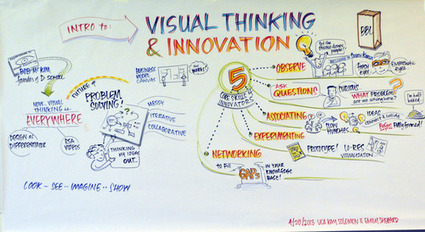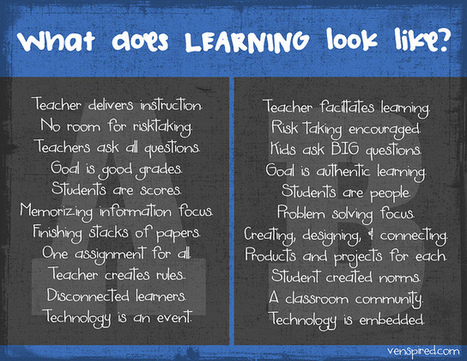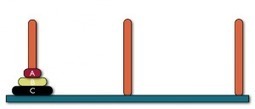Having essential questions drive curriculum and learning has become core to many educators' instructional practices. Grant Wiggins, in his work on Understanding By Design, describes an essential question as: A meaning of "essential" involves important questions that recur throughout one’s life. Such questions are broad in scope and timeless by nature. They are perpetually arguable…
Via Ana Cristina Pratas, John Evans



 Your new post is loading...
Your new post is loading...













